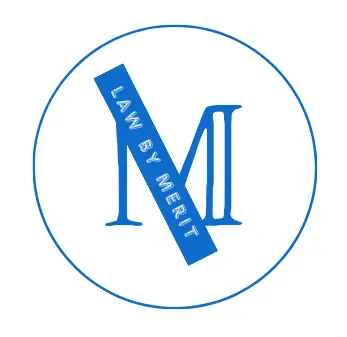The Health Coverage Tax Credit (HCTC) is a federal tax benefit that provides financial assistance to certain individuals and families to help them afford health insurance coverage. The HCTC was established as part of the Trade Adjustment Assistance Reform Act of 2002 and is administered by the Internal Revenue Service (IRS).
The primary purpose of the HCTC is to assist individuals who have lost their jobs due to foreign trade or whose pension plans were taken over by the Pension Benefit Guaranty Corporation. It helps them maintain access to healthcare coverage by subsidizing a significant portion of their health insurance premiums. Eligible individuals can receive a tax credit that covers a significant portion of their monthly premium costs, which can make health insurance more affordable and accessible.
The HCTC operates as an advanceable and refundable tax credit. This means that eligible individuals can choose to have the credit paid in advance directly to their health insurance provider, reducing their monthly premium payments. Alternatively, they can claim the credit on their annual tax return and receive a refund if the credit exceeds their tax liability.
Requirements To Be Eligible For Health Coverage Tax Credit
To be eligible for the Health Coverage Tax Credit (HCTC), individuals must meet specific requirements set by the Internal Revenue Service (IRS). The HCTC is designed to assist individuals who have lost their jobs due to foreign trade or whose pension plans were taken over by the Pension Benefit Guaranty Corporation. Here are the key eligibility criteria for the HCTC:
1. Qualifying Trade Adjustment Assistance (TAA) Recipients:
To be eligible, individuals must receive Trade Adjustment Assistance benefits under the Trade Act of 1974 or be eligible for Trade Readjustment Allowances.
2. Alternative TAA Recipients:
Individuals who are 55 years or older and receive Alternative Trade Adjustment Assistance benefits under the Trade Act of 2002 may also qualify for the HCTC.
3. Pension Benefit Guaranty Corporation (PBGC) Recipients:
Eligibility extends to individuals who receive Trade Readjustment Allowances and are between 55 and 64.5 years old and are receiving benefits from the Pension Benefit Guaranty Corporation.
4. Health Plan Enrollment:
Individuals must be enrolled in a qualified health plan through the Health Insurance Marketplace or certain state-qualified health insurance programs.
5. Payments and Premiums:
Eligible individuals must pay for at least 50% of their health insurance premiums, and their health plan must not be subsidized by the government or their former employer by more than 50%.
6. Eligibility Certification:
To claim the HCTC, individuals need a certification letter from the IRS or a designated HCTC state agency. This certification confirms their eligibility for the tax credit.
7. Not Eligible for Other Coverage:
Individuals cannot be eligible for other specified coverage, such as Medicare, Medicaid, the Children’s Health Insurance Program (CHIP), or coverage through the military or Indian Health Service.
In summary, to be eligible for the Health Coverage Tax Credit (HCTC), individuals must meet criteria such as being a qualifying TAA or Alternative TAA recipient, a PBGC recipient, enrolling in a qualified health plan, paying a portion of their health insurance premiums, obtaining certification, and not being eligible for other specified coverage.
RELATED:
Child Tax Credit Vs Child And Dependent Care Credit: Meaning, Pros, Cons And FAQs
Adoption Tax Credit: What It is, Qualification, Application, and How To Maximize
How Does Employee Retention Credit Affect Tax Return?
Last updated on: April 27, 2024



